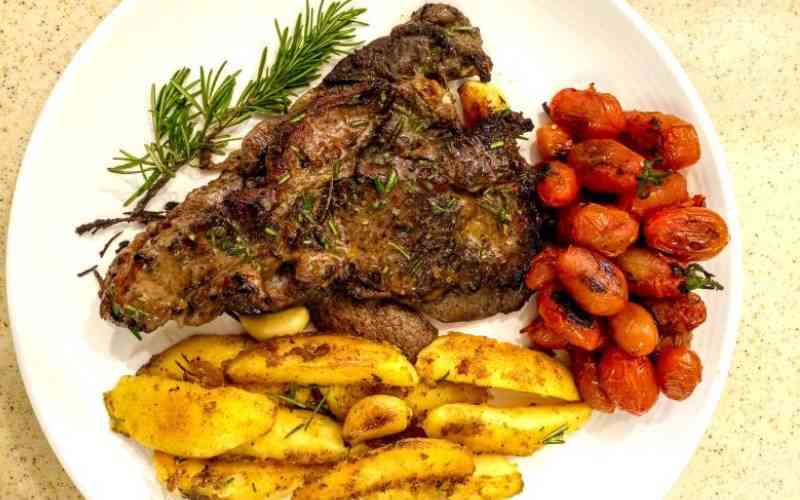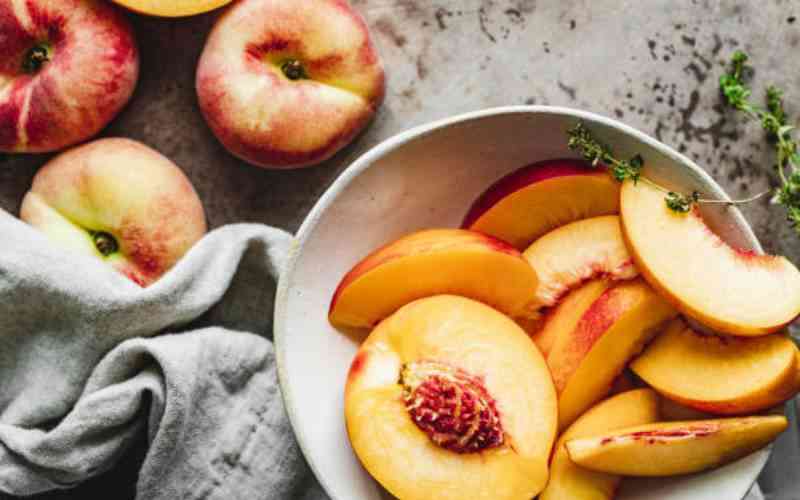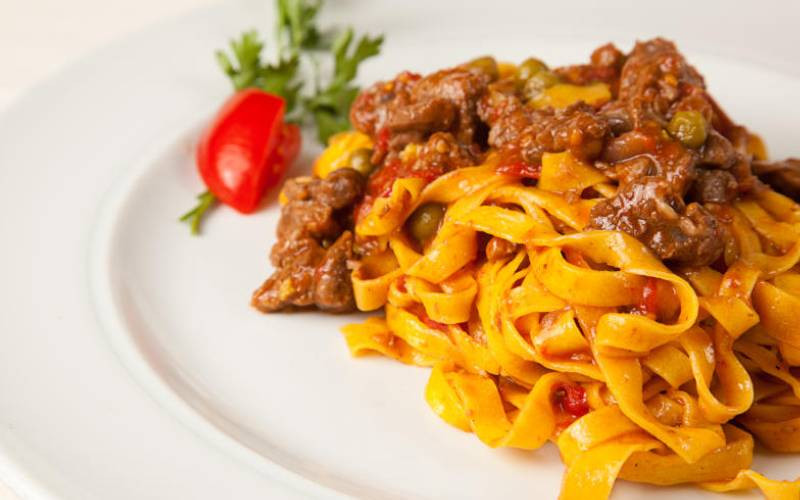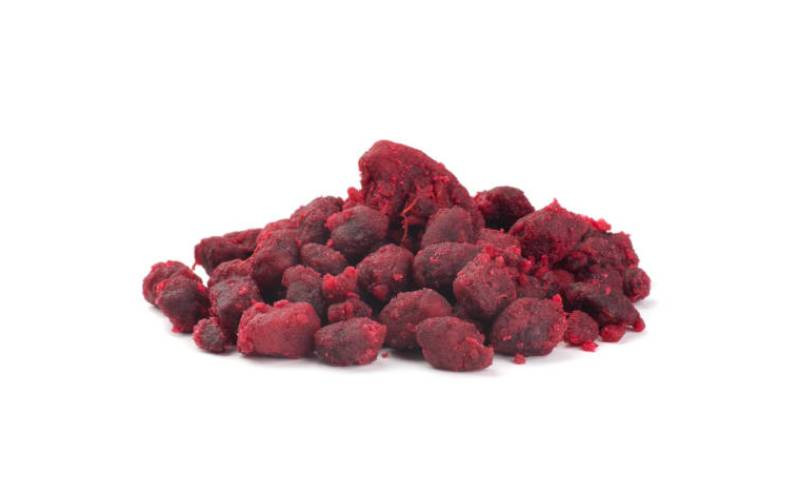
Olives are small fruits that grow on olive trees and are scientifically known as Olea europaea.
‘Olea’ is Latin for ‘oil’ reflecting the high quantity of oil in olives. Olive trees are native to the Mediterranean and that’s where the name ‘europaea’ is derived since countries bordering the north shore of the Mediterranean Sea are typically part of Southern Europe.
Olives belong to the group of fruits called drupes. Drupes are fruits that have a pit of stone at their core and the pit is surrounded by a larger fleshy portion – the pericarp. Other common drupes include mangoes, cherries, peaches, plums and almonds.

When freshly picked from the tree, olives often have a bitter flavor. The bitterness is related to their phytonutrient content – natural chemicals produced by plants, also phytochemicals.
To offset the bitter taste, olive are typically cured. Curing, also pickling, depends on the type used including:
Water-curing: This involves submersion of the olives in water for a period of several weeks. Unlike other curing methods, olives that are water cured typically remain slightly bitter as water-curing removes only a considerable amount of phytochemicals. Brine-curing: This involves the submersion of olives in a concentrated salt solution. Brine-curing can take months and the olives often undergo fermentation during the process where the sugars in the olives are broken down and the phytochemicals freed. Lye-curing: This involves submersion of olives in strong alkali solutions. Lye-curing occurs in a series of sequential steps – the first lye bath cures the skin and the outermost portions of the olives; the second lye bath cures the next layer of fleshy pulp inside the olive and so on. Up to five lye baths may be used to cure an entire olive
Olives are very high in vitamin E and other powerful antioxidants and the healthy fats in them are extracted to produce olive oil.
Olives are often green when unripe and turn black when they ripen. However, some varieties of olives start off green on the tree and remain green even when fully ripe.

Olives are one of the world’s largest fruit crops and on a worldwide basis, olives are produced in greater amounts that grapes, oranges and apples.
Spain is the largest single producer of olives in the world at about 6 million tonnes per year with Italy second at 3.5 tonnes and Greece third at 2.5 million.
About 90% of the all the olive produced is crushed for the production of olive oil.

Types of olive oil
1.Extra virgin olive oil
This is the most expensive type of olive oil and it also has the highest quality. It is completely unrefined and has the lowest acidity levels as compared to the other types.
It is rich in antioxidants and has the highest amount of mineral and vitamins found in olives.
It is best for salads as it has a very low smoking point as compared to the other types. This means that if cooked, even low temperatures, it can burn.
It can be used to drizzle on top of cold dishes.
It is usually golden-green in colour and adds a distinct flavor to food.
2.Virgin oil
This comes after the extra virgin olive oil. It is also unrefined – no chemicals or heat is used to extract the oil. The main difference between it and the extra virgin olive oil is that it has a slightly higher level of oleic acid.
It can be used for sautéing vegetables, cooking and even baking.
However, olive oil is not recommended for deep frying as olive oils generally have low smoking points.
3.Refined olive oil
Refined olive oil is common and is cheaper than the virgin oil. When compared to the extra virgin or the virgin olive oil, refined olive oil is inferior in terms of nutrients, vitamins and even taste and flavor.
Since it is not rich in the antioxidants found in virgin olive oil, refined olive oil doesn’t have some bitterness in its taste.
Refined olive oil is suitable for cooking purposes.
4.Pure olive oil
Pure olive oil is blend of extra virgin and refined olive oil. It has a lower nutritional value and can be used as a hair and skin oil instead of cooking.
Pure olive oil has a distinct smell that is not appetizing when heated thus it is not recommended for cooking.
It can used to get rid of dandruff, frizzy hair and dry skin.

Selecting and storing your olives
Olives are traditionally sold in jars and cans. However, some stores offer them in bulk in large barrels. Whole olives are the most common but you may come across those that have been pitted as well as those stuffed with peppers, almonds or garlic.
To store your olives, ensure they are immersed in brine for freshness and to retain moistness.
If you purchase olives in a can and don’t use them immediately after opening, you can safely store them in a sealed container in your fridge for up to two weeks
Tips for preparing and cooking
To pit your olive, you can press them with the flat side of a knife until you break the flesh and you can easily remove the pit.
Also, the brine in which olives are packed can be used as a substitute for slated water in recipes.
How to use olives
You can add olives and extra virgin olive oil to all manner of foods including salads, vegetables and pasta. Mild-flavoured variants of virgin olive oil can also be used in place of butter and other oils in baking.
You can also cook with olive oil.

Nutrition facts of olives
For every 100 grams or about 10 olives, according to Food Data Central, contains:
Calories – 115 Water – 80% Protein – 0.8 grams Carbs – 6.3 grams Fiber – 3.2 grams Fat – 10.7 gramsVitamins and minerals in olives
Olives are rich in a number of vitamins and minerals and some more are added during their processing. Here are some of the beneficial compounds:
Vitamin E – a powerful antioxidant Iron – vital for red bloods in transporting oxygen Copper – lowering risks of heart disease Calcium – essential for bone, muscle and nerve function Oleuropein – tye most abundant antioxidant in fresh unripe olive linked to many of the health benefits of olives Hydroxytyrosol, tyrosol and oleanolic acid – antioxidants
Health benefits of olives
Olives are associated with many health benefits including heart health. Here are some of the health benefits of eating olives and why you should eat more every now and then:
AntioxidantOlives are rich in antioxidants with health benefits which include fighting inflammation and reducing growth of microorganism.
Improving heart healthOleic acid, the main fatty acid in olives, is linked with improved heart health and it may regulate cholesterol levels and protect against the oxidation of the bad LDL cholesterol. High blood cholesterol is a risk factor for heart disease.
Improved bone healthSome of the plant compounds found in olives have been shown to help prevent bone loss in animal studies.
Reducing cancer riskOlives are commonly consumed in the Mediterranean region where rates of cancer and other chronic diseases are lower than in other regions. Thus, there is a possibility that olives may help reduce the risk of cancer.
Appetite controlBy eating some olives before a meal, you can cut down your appetite. The monounsaturated fatty acids in olives slow down the digestion process and stimulates the hormone cholecystokinin. This sends messages of satisfaction and fullness to the brain.
Reducing painOlives contain oleocanthal, a substance with anti-inflammatory properties that can act as natural Ibuprofen.

Caution
While olives and olive oil contain a lot of useful nutrients, they should be consumed in moderation as part of a balanced diet. Olive is high in fat and the preservation process also means that olives are often high in salt.
 The Standard Group Plc is a multi-media organization with investments in media platforms spanning newspaper print
operations, television, radio broadcasting, digital and online services. The Standard Group is recognized as a
leading multi-media house in Kenya with a key influence in matters of national and international interest.
The Standard Group Plc is a multi-media organization with investments in media platforms spanning newspaper print
operations, television, radio broadcasting, digital and online services. The Standard Group is recognized as a
leading multi-media house in Kenya with a key influence in matters of national and international interest.










